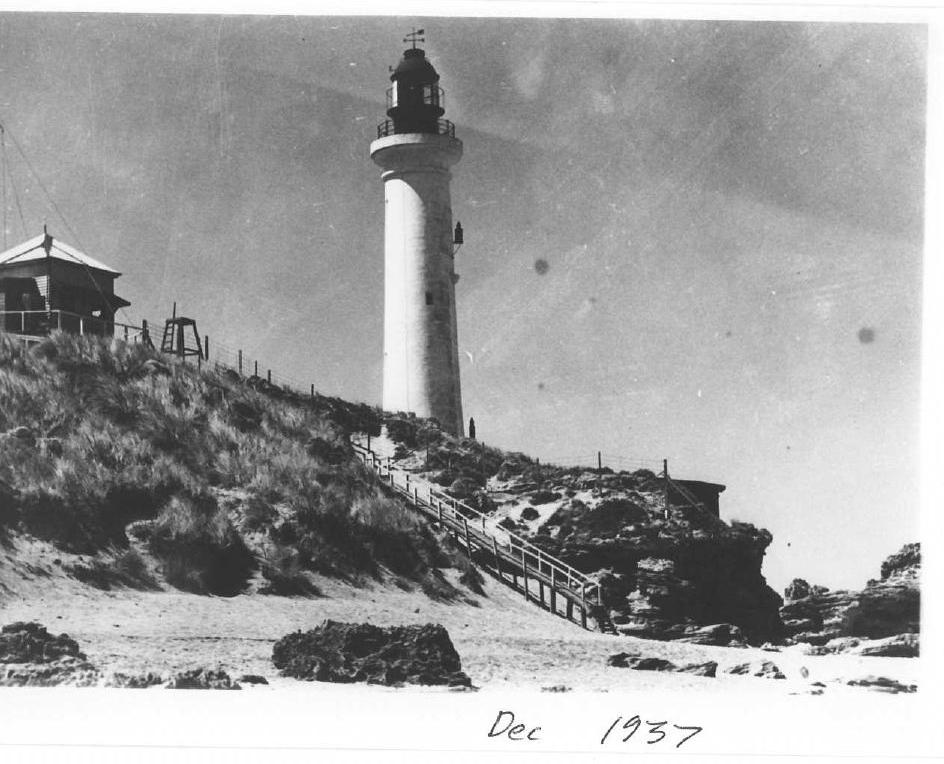06 Jul Tide turns for lighthouse

THE lighthouse at Point Lonsdale, a welcome sight for seafarers almost all this century, is in danger of losing its crew to the march oft technology.
A video surveillance system may replace lighthouse keepers under reforms being investigated by a State Government authority.
The Victorian Channels Authority has questioned whether round-the-clock manning of the historic light at The RIP – one of the world’s most dangerous port entrances – should continue.
Instead of a keeper, it envisages vessel tracking equipment and cameras relaying pictures from the lighthouse to a central control room in Melbourne.
The authority has taken over some functions of the Melbourne Port Corporation. It is seeking submissions over the “de-manning” of the lighthouse.
“As part of the port reform process, the authority is examining the way it does business and it is asking questions about the manning of the lighthouse,” an official said.
But the proposal has alarmed owners of small boats.
“ A human presence is vital,” said Harry Leggett, president of the Victorian Yachting Council, which represents 30,000 boating people.
Lighthouse keepers have been rostered 24 hours a day, seven days a week, since 1902.
Apart from maintaining the light at the entrance to Port Phillip Bay, they assist sailors by relaying wind and tide information.
To assist one small boat lost in fog, a keeper hoisted saucepans on a line as a makeshift radar reflector.
While most lighthouses have been automated, Mr Leggett claims Point Lonsdale is a special case.
“It overlooks one of the most dangerous stretches of water in the world,” he said.
“It must be manned.”
Erratic waves pounding the coast often clash with the tide. The entrance to the bay is only 1.5km wide, with only half that navigable.
BY DEREK BALLANTINE

